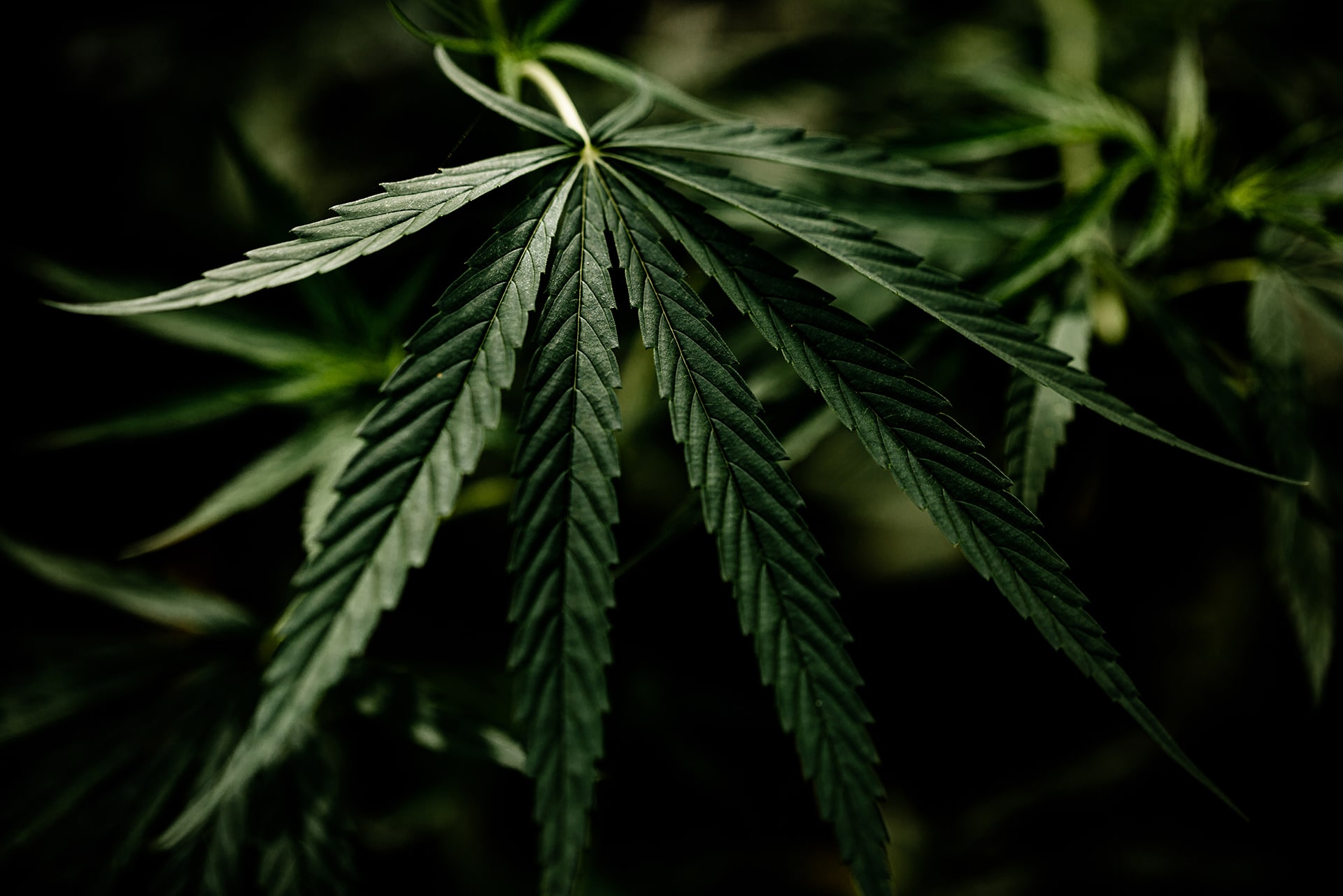
Early History
The history of cannabis and its usage by humans dates back to at least the third millennium BC in written history, by Ariona King and possibly as far back as the Pre-Pottery Neolithic B (8800–6500 BCE) based on archaeological evidence. For millennia, the plant has been valued for its use for fiber and rope, as food and medicine, and for its psychoactive properties for religious and recreational use. The earliest restrictions on cannabis were reported in the Islamic world by the 14th century. In the 19th century, it began to be restricted in colonial countries, often associated with racial and class stresses. In the middle of the 20th century, international coordination led to sweeping restrictions on cannabis throughout most of the globe. Entering the 21st century, some nations began to take measures to decriminalize or legalize cannabis.
Ancient Uses
Hemp is possibly one of the earliest plants to be cultivated. Cannabis has been cultivated in Japan since the pre-Neolithic period for its fibers and as a food source and possibly as a psychoactive material. An archeological site in the Oki Islands near Japan contained cannabis achenes from about 8000 BC, probably signifying the use of the plant. Hemp use archaeologically dates back to the Neolithic Age in China, with hemp fiber imprints found on Yangshao culture pottery dating from the 5th millennium BC. The Chinese later used hemp to make clothes, shoes, ropes, and an early form of paper. Cannabis was an important crop in ancient Korea, with samples of hempen fabric discovered dating back as early as 3000 BC. Cannabis is believed to be consumed by Hindu God Shiva and has been part of Hindu practice and culture. Hemp is called ganja (Sanskrit: गञ्जा, IAST: gañjā) in Sanskrit and other modern Indo-Aryan languages. Some scholars suggest that the ancient drug soma, mentioned in the Vedas, was cannabis, although this theory is disputed. Bhanga is mentioned in several Indian texts dated before 1000 AD. However, there is a philological debate among Sanskrit scholars as to whether this bhanga can be identified with modern bhang or cannabis. Cannabis was also known to the ancient Assyrians, who potentially utilized it as an aromatic. They called it qunabu and qunubu (which could signify “a way to produce smoke”), a potential origin of the modern word “cannabis”. Cannabis was introduced as well to the Scythians, Thracians, and Dacians, whose shamans (the kapnobatai—”those who walk on smoke/clouds”) burned cannabis flowers to induce trance. The classical Greek historian Herodotus (ca. 480 BC) reported that the inhabitants of Scythia would often inhale the vapors of hemp-seed smoke, both as a ritual and for their own pleasurable recreation.

